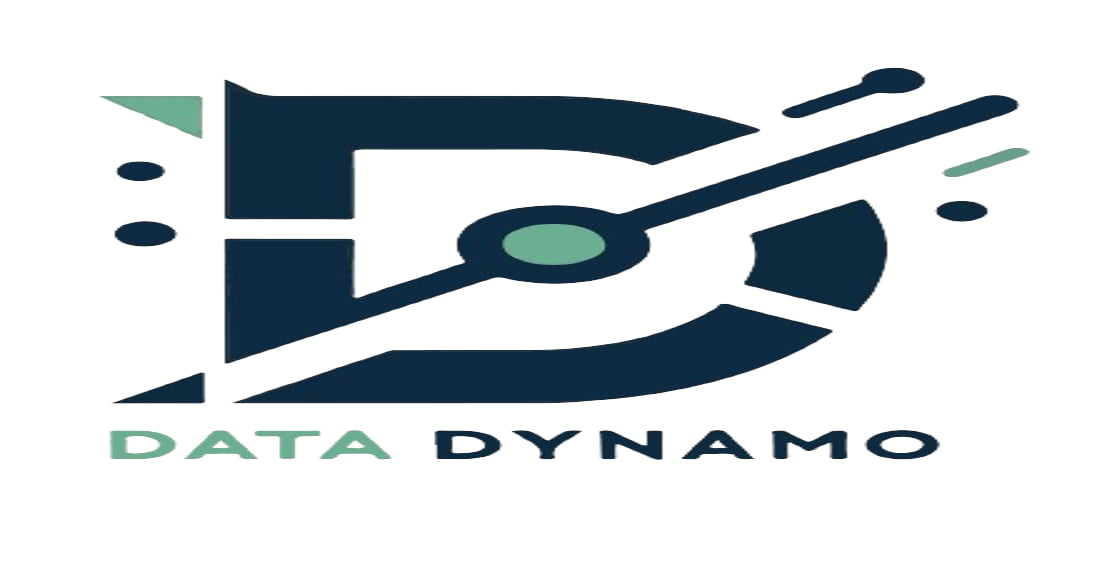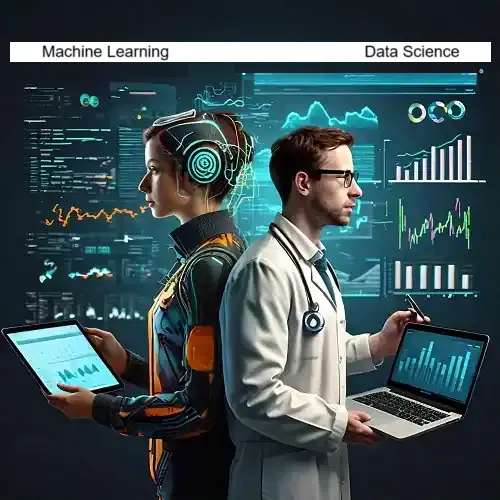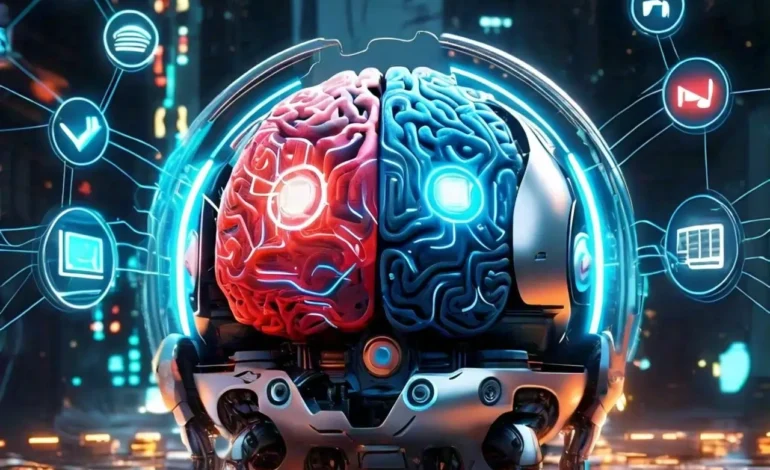
Unbelievable Facts About GPT-4o You Need to Know
Table of Contents
Introduction
Large Language Models (LLMs), such as GPT, have revolutionized the way we interact with technology and interact with others. As a long-time AI enthusiast, I’ve seen each new iteration of GPT push the limits of what it can comprehend and produce.
However, GPT-4o isn’t just an update. It’s a game-changer. This groundbreaking model bridges the gaps between audio, visual, and text processing to create a single system.
GPT-4o’s powerful neural network with billions of variables solves complex problems and provides insightful answers, often in real-time.
As we explore it in greater detail, it becomes evident that GPT-4o is not a new technology but rather a game-changer in the way we interact with artificial intelligence.
Now imagine an AI that is able to process and respond to data from multiple sources simultaneously. This is future—an era of AI innovation that has never been seen before.
The Evolution of GPT Models
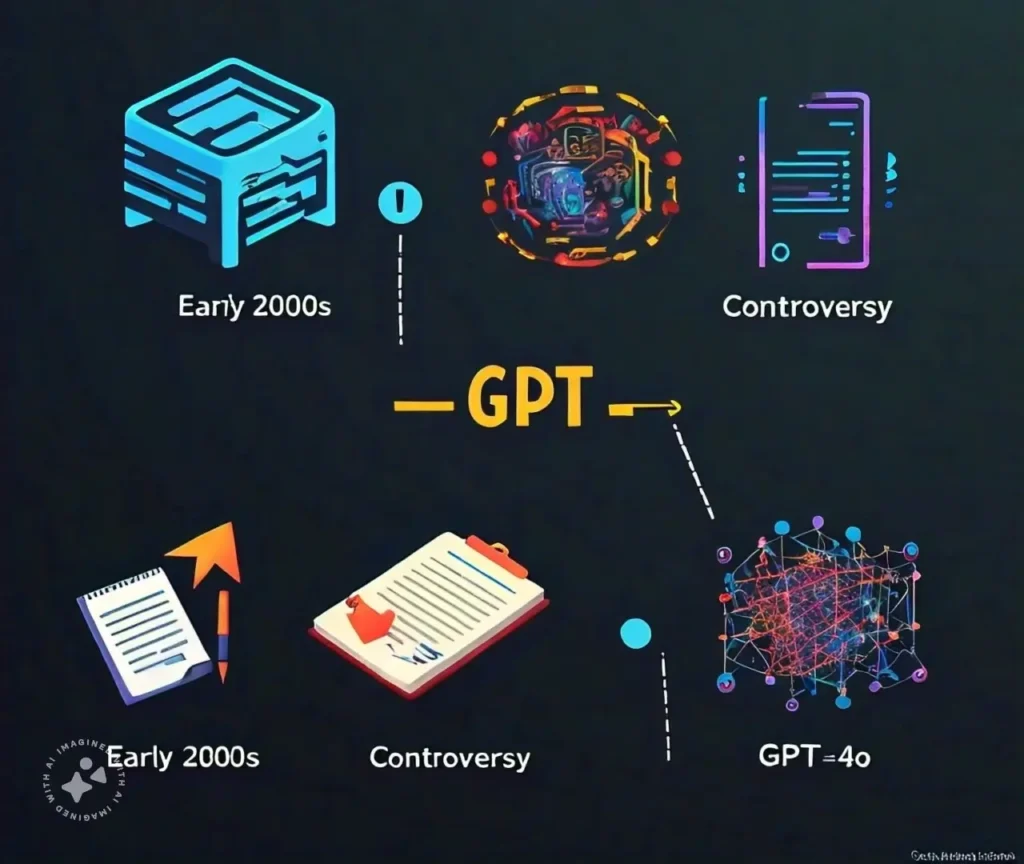
To understand the progress of GPT-4o, it’s important to understand the history of its predecessors.
The first GPT model was developed in the early 2000’s. It introduced the concept of large-scale supervised learning for NLP. This was an important first step that paved the way for future advances.
The second version of the model dramatically improved the quality of the text generation. The model was able to generate consistent and contextually meaningful text.
The GPT model was controversial at the time because it raised questions about misuse. It raised questions about the use of advanced artificial intelligence (AI) and how it could be misused.
The third GPT model set a new standard for text generation. With 175 billion parameters, it was able to generate human-level text, complete complicated tasks, and display a level of reasoning that astonished the tech community.
Importance of GPT-4o in the AI Landscape
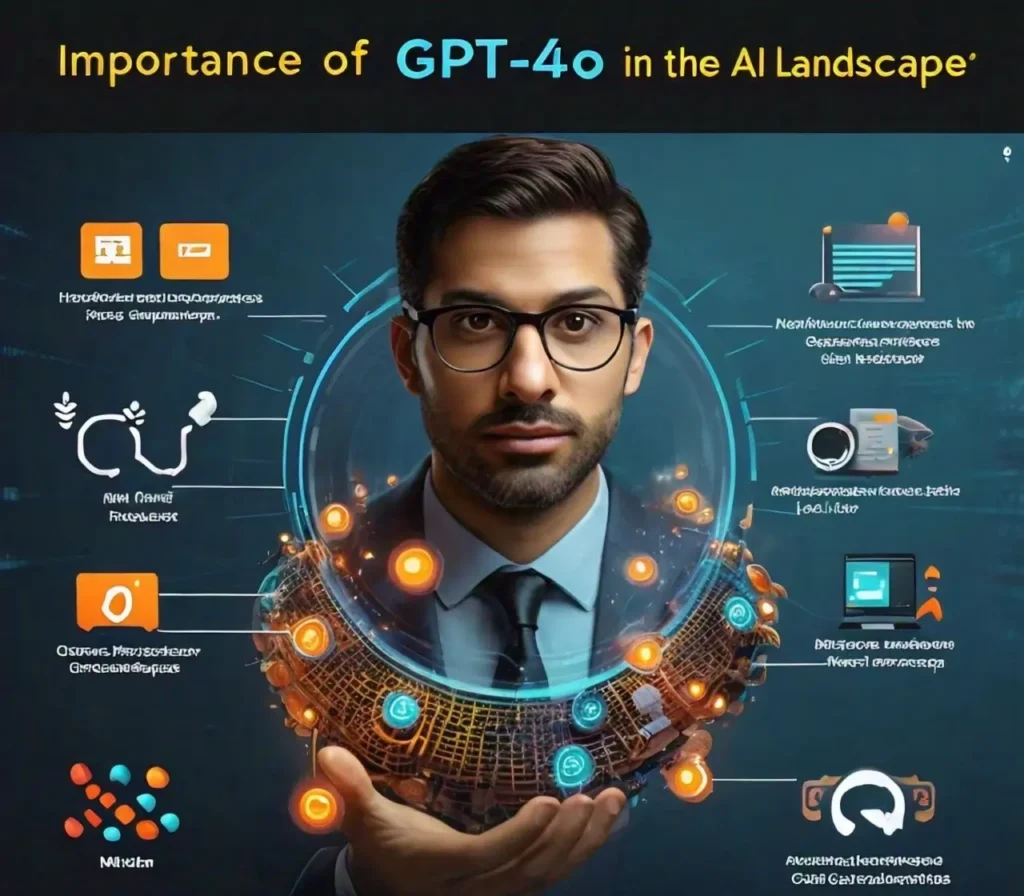
OpenAI is announcing GPT-4o, our new flagship model that can reason across audio, vision, and text in real-time. The update isn’t just a minor update; it’s a game-changer. As industries continue to rely on artificial intelligence (AI) for automation, decision-making, and innovation, the capabilities offered by GPT-4o offer unprecedented opportunities. By understanding and generating human-like text, customers can improve their interactions, medical research can be accelerated, and creative content creation can be accelerated.
What are the GPT-4o’s new capabilities?
The new model introduces several enhancements designed to enhance performance and the user experience. These enhancements include:
- Enhanced neural architecture for enhanced contextual understanding
- Increased model size of billions of parameters for more nuanced text generation
- Advanced training techniques to reduce bias and improve fairness
Technical Specifications

Improved Neural Architecture
GPT-4o’s neural architecture has been refined to achieve better contextual understanding and coherence in text generation. This means the model can process and generate text more efficiently, resulting in outputs that are more accurate and relevant.
GPT-4o’s increased model size and parameters
GPT-4o has a much larger number of parameters, allowing it to capture and generate more complex and detailed data. The model’s increased capacity means that it can handle a greater number of topics and contexts.
Advanced Training Techniques
To tackle bias and fairness issues, it uses advanced training techniques. These include diverse and representative training datasets, along with specialized algorithms to minimize biases and produce more balanced and fair outputs.
Enhanced Data Processing
GPT-4o’s improved data processing capabilities enable it to handle larger and more complex datasets, generating more accurate and relevant text, especially in specialized domains like healthcare, finance, and legal.
Natural Language Understanding
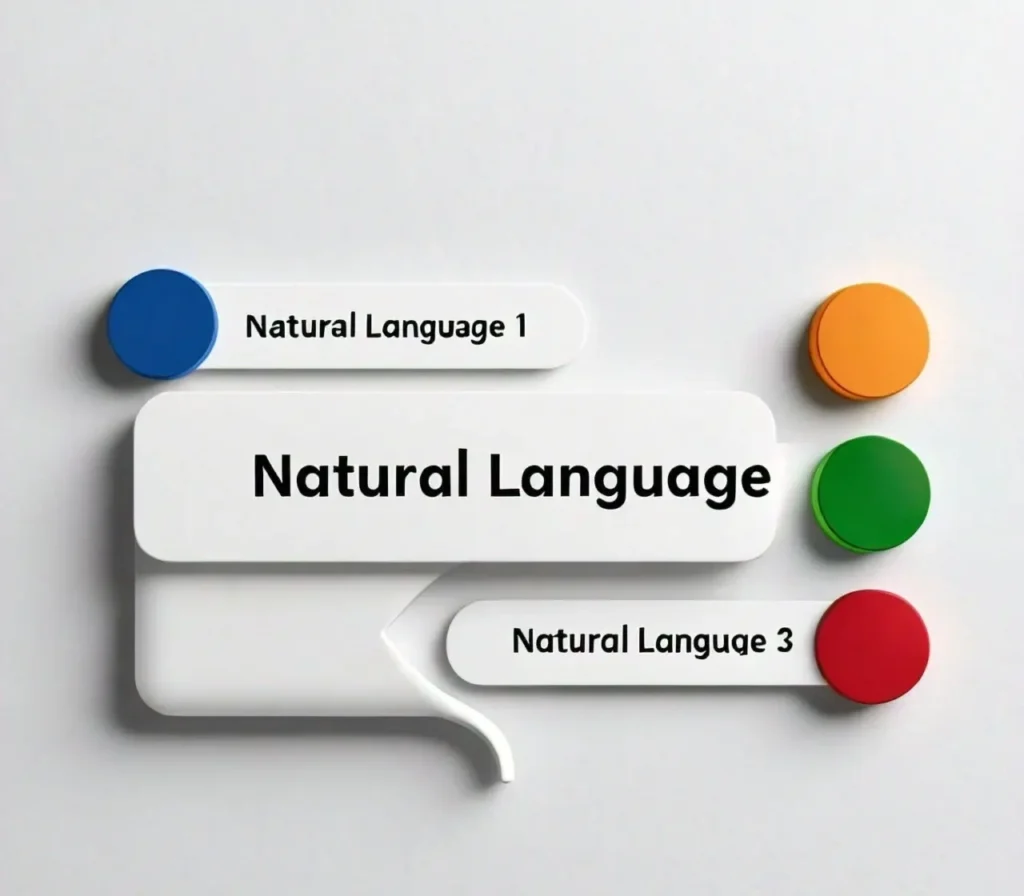
Superior Contextual Comprehension
GPT-4o has superior contextual comprehension, which is essential for creating text that is consistent and relevant. It understands the nuances of language, which makes it better able to understand and answer complex questions.
GPT-40 is better at handling ambiguities
Ambiguities in language can be a challenge for AI models, but its architecture and training methods make it better at dealing with ambiguities, resulting in clearer and more accurate answers.
Improvement in sentence structure understanding
With improved sentence structure understanding, GPT-4o is able to understand and create well-formed sentences. This helps to create text that is contextually correct, grammatically accurate, and cohesive, which improves the user experience.
Natural Language Generation

More Coherent and Fluent Content Generation
GPT-4o’s natural language generation capabilities improve the consistency and fluency of text and image generation. The model is capable of producing text that mimics human writing with creative images. This makes it ideal for content creation, copywriting, and reporting automation.
Enhanced Creativity and Originality
Good text generation relies on creativity and originality. GPT-4o is a leader in this area, providing contextually accurate text that is creative and unique. This type of text is especially useful in marketing and entertainment, as well as education.
Reduction in Repetitive Responses
Thanks to GPT-4o’s advanced algorithms and training techniques, the number of repeated sentences or phrases in the generated text was significantly reduced. This enhances the overall user experience by making AI-generated content more dynamic, engaging, and personalized to the user’s preferences. Whether it’s helping with customer support inquiries or creating innovative content, reducing repetition increases the overall user experience on a consistent basis.
OpenAI is thrilled to announce its latest release, its amazing ability to interpret audio, vision, and text in real-time.
Applications in Business and Industry
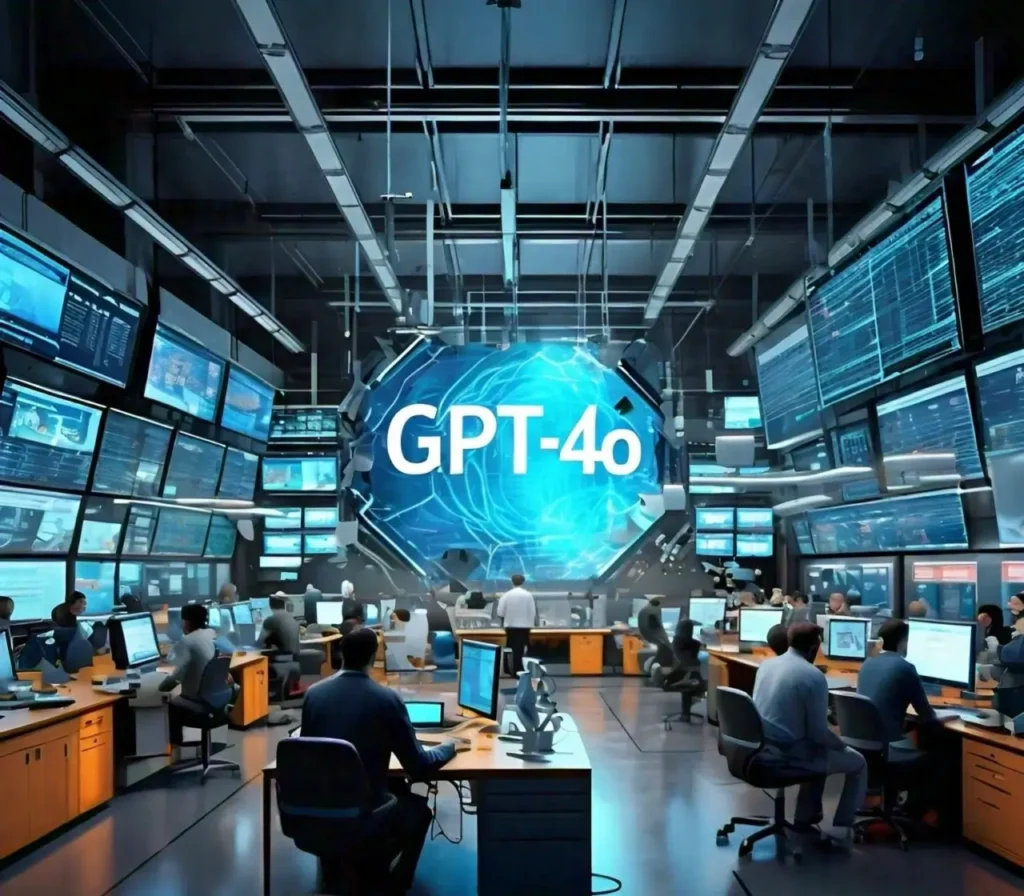
Automation of customer support
GPT-4o revolutionizes the automation of customer support by providing accurate and timely answers to customer queries.
Content generation and copywriting
By understanding and generating human-readable text, it is capable of producing high-quality blog posts, social media posts, marketing materials, and more. Also, it significantly reduces the amount of time and effort needed to create a brand voice.
Data analysis and insights generation
GPT-4o helps you generate insights and interpret complex datasets. By understanding and processing large amounts of data, you can make smart decisions based on facts.
Personal assistants and scheduling
GPT-4o integrates seamlessly with personal assistant apps, allowing users to better manage tasks, schedule appointments, and manage communications more efficiently. Imagine a world where your AI assistant can do more than just understand your written request.
Say, “I need to set up a meeting with John tomorrow at 2 PM,” and your assistant will understand your voice, open your calendar, and schedule the meeting.
Medical Diagnostics and Analysis
GPT-4o’s powerful data processing capabilities enable healthcare professionals to analyze medical data, recognize trends, and provide diagnostic information to improve patient results.
Personalized Healthcare
Personalized healthcare is a rapidly growing area of research. It has the potential to be a powerful tool for providing personalized recommendations. Analyzing patients’ data and medical history allows for the generation of personalized treatment plans, lifestyle recommendations, and more.
Educational Impact
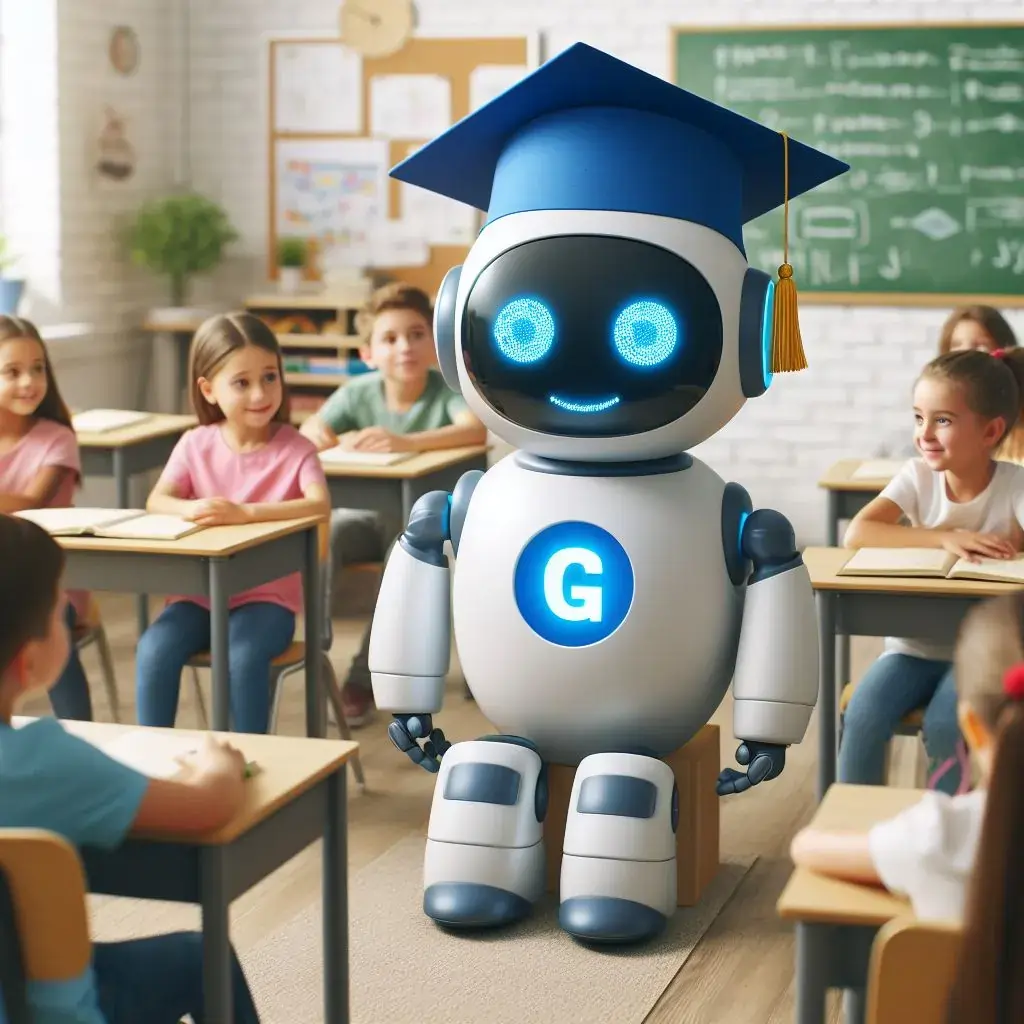
From virtual tutoring to interactive simulations, from real-time feedback to personalized learning, it has the power to transform learning with its real-time multimodal capabilities. By processing and reasoning across audio, vision, and text simultaneously, this revolutionary model enables more immersive, interactive learning experiences. For example, in a classroom, it analyzes a teacher’s lecture (audio), interprets accompanying visual aids (visibility), and integrates textbook information (text). This seamless integration improves comprehension and retention, allowing students to gain a deeper and more comprehensive understanding of the subject.
By analyzing a student’s spoken questions and written assignments, as well as their visual learning preferences, a GPT-4o model can customize educational content to meet the unique needs of each learner, making learning accessible and effective.
Ethical Considerations

Addressing Bias and Fairness
Bias in AI models is one of the most pressing issues in AI development. It uses advanced training techniques and diverse datasets to eliminate bias and achieve equitable and balanced outputs, improving its reliability and ethics.
Protecting Privacy and Data Security
Protecting your data is a top priority in AI development. That’s why GPT-4o includes robust security measures to ensure your data and privacy are protected. These measures include encryption, secure data storage, and strict access controls.
Ways to Increase Transparency and Explainability
To increase trust in artificial intelligence (AI), transparency and clarity are essential. Here are some ways it enhances transparency in decision-making:
1. Explanations
GPT-4o explains its outputs in detail, showing how it arrived at a particular answer or decision, such as when creating a medical diagnosis. The key symptoms, medical history, and related research considered by the algorithm are explained in detail. Healthcare professionals are able to understand why a diagnosis was made and verify its accuracy, thus building trust in the decision-making of the AI.
2. Interactive Q&A
In an interactive dialogue with GPT-4o, users can get to the heart of the algorithm’s thought process by asking questions. For example: In a customer support situation, a user inquires, “Why was a certain solution recommended for a particular technical issue?” and it provides the steps it took to diagnose the problem, the possible causes, and the reason for the solution.
User Experience Enhancements
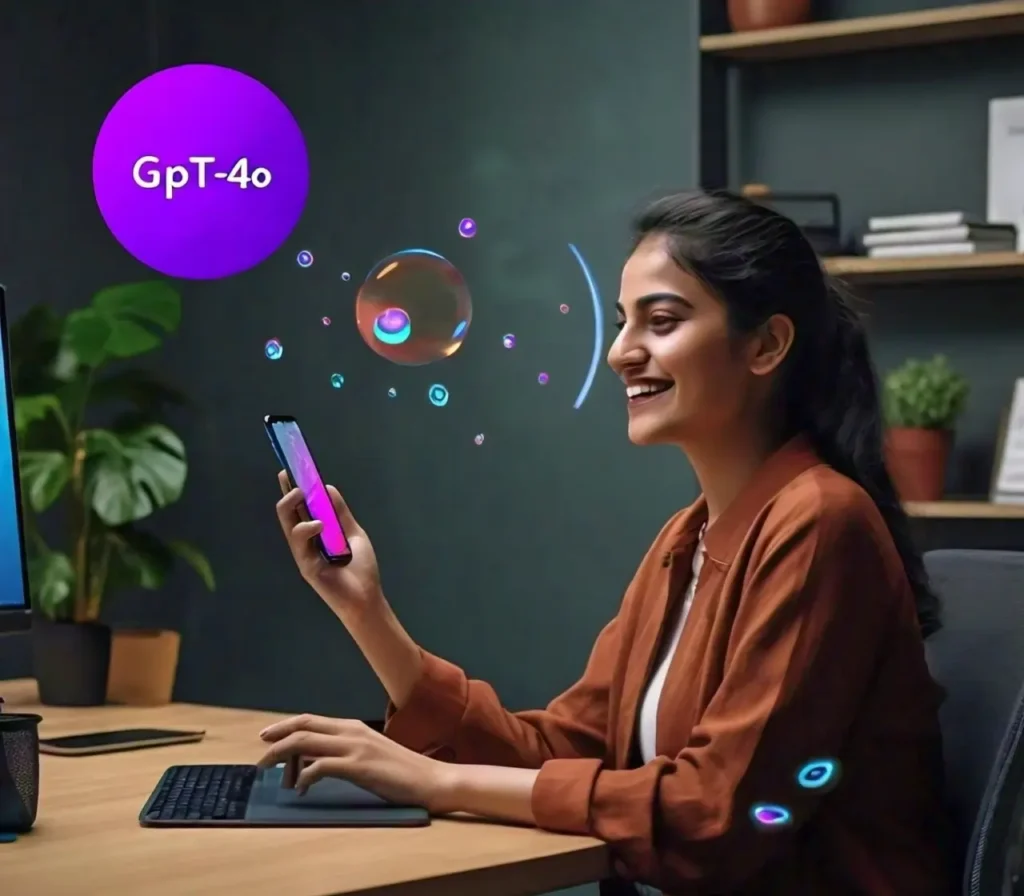
More Intuitive User Interactions
GPT-4o allows users to communicate with the model more naturally and intuitively. The model’s powerful NLP and generation capabilities allow users to create smooth, context-sensitive, and relevant interactions.
Improved multimodal capabilities
GPT-4o can process text based on more than one input, such as an image or audio. This increases the model’s versatility, making it suitable for use in applications in fields like multimedia content creation and virtual assistants.
Enhanced multilingual support
With GPT-4o, users can understand and generate text in multiple languages with greater accuracy and fluency. This makes it a great tool for global businesses and organizations that are required to communicate and collaborate across language barriers.
Let’s feel the User Experience Enhancement at Hello GPT-4o
Integration with Other Technologies
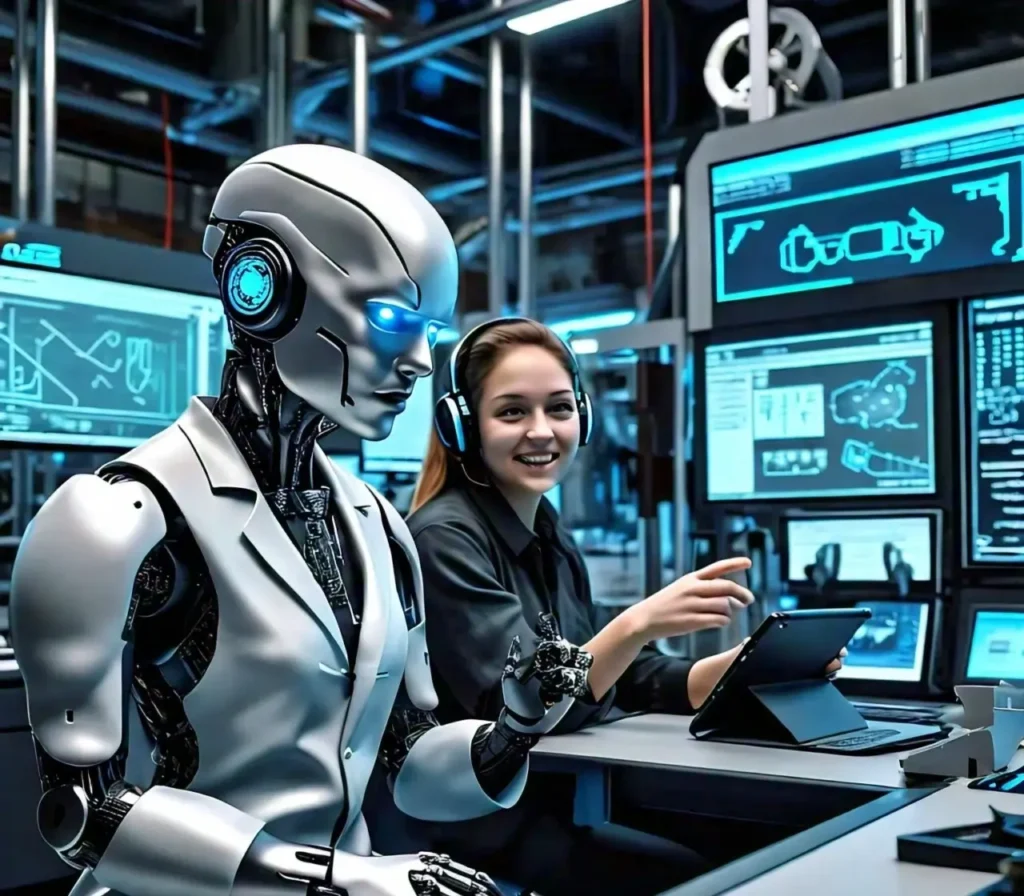
Enhancing IoT and Smart Devices
Thanks to GPT-4o’s advanced features, it is well-suited for integration with the Internet of Things (IoT) and smart devices. IoT and smart devices can provide smarter, contextually conscious responses that significantly enhance user experiences. Think of a smart home assistant not only controlling your appliances but also offering personalized recommendations based on your daily habits and preferences.
Revolutionizing AR and VR Experiences
GPT-4o is revolutionizing AR and VR experiences with its advanced natural language processing capabilities. AR and VR applications can be made more immersive and interactive with it. Imagine a virtual tour guide at a VR museum that answers your questions quickly and accurately or an AR education app that provides you with instant, contextually relevant answers, and insights.
Streamlining Robotic Process Automation
The GPT-4o model’s ability to understand and generate text makes it an excellent candidate for RPA. It can automate a wide range of mundane tasks and processes, improving productivity and accuracy across various business functions. Think about how much time you’d save if you could automate customer service calls, data entry, or even complicated report generation. By embedding it in your RPA systems, you’ll be able to streamline your workflows, minimize human mistakes, and free up your human resources to focus on more strategic activities.
Challenges and Limitations

How does GPT-4o integrate and process multilayered data?
How does GPT-4o interpret and respond to multilayered audio, video, and text inputs without ambiguity?
What are the challenges and limitations of multilayered systems?
Multilayered systems require complex algorithms and large computing resources
Deployment in a variety of real-world scenarios presents major technical and ethical issues. Data privacy and security need to be addressed when handling sensitive education or personal information.
The model’s reliance on large data sets raises questions about its environmental impact and ethical implications.
Finally, there’s the issue of usability and accessibility. GPT-4o’s advanced capabilities can revolutionize many areas, but making them accessible and easy to use for a wide range of users, including those who don’t have the technical know-how, is a major challenge.
It’s up to us to address these issues and limitations to unlock the full impact of it and make sure it’s used responsibly and effectively across multiple domains.
Recent Innovations

Multimodal Data Processing
One of the most significant innovations is the smooth integration of multidimensional data processing, which enables the model to interpret and analyze spoken language as well as visual and written text inputs. This enables the model to deliver richer and contextually relevant responses, which is particularly useful in industries such as education, healthcare, and customer service, where granular knowledge of multiple data sources is needed.
Enhanced Real-Time Reasoning
The second major innovation is the model’s ability to think in a real-time context. The model can process and respond to inputs almost immediately, making it an ideal tool for applications that require fast decision-making and real-time interaction with users, including real-time translations, interactive virtual assistants, and dynamic content creation.
Advanced Machine Learning Techniques
By incorporating continuous learning techniques, it is able to adapt and improve its AI models over time. Continuous learning allows GPT-4o to stay on top of new information and trends to ensure that its outputs remain accurate and relevant. With the help of sophisticated machine learning techniques, the model is able to learn and fine-tune over time, allowing it to better predict user needs and deliver more personalized and efficient interactions. This is especially useful in delivering customized educational content, precise medical diagnoses, and customized customer experiences. By incorporating continuous learning techniques, it is able to adapt and improve its AI models over time. Continuous learning allows it to stay on top of new information and trends to ensure that its outputs remain accurate and relevant.
GPT-4o Future Prospects
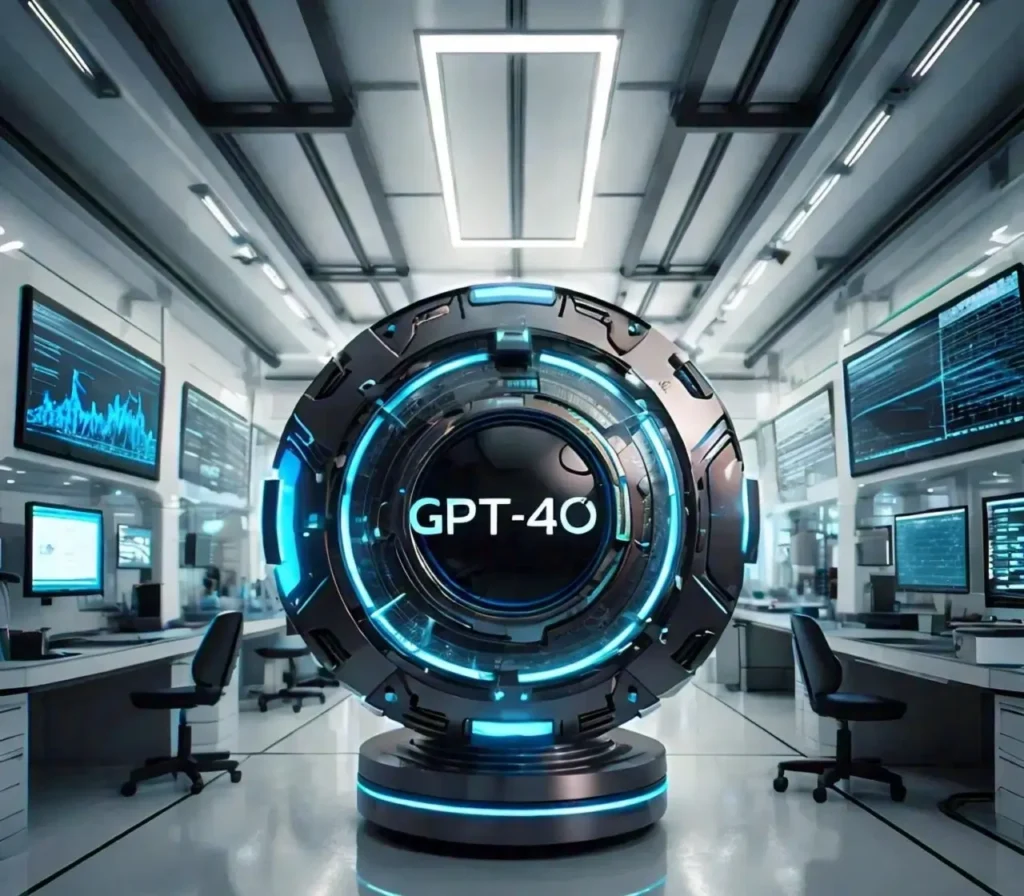
Advancements in Natural Language Processing
One of the most important future opportunities for GPT-4o is its progress in NLP. By integrating audio, vision and text processing, it can gain a more profound and refined understanding of human speech. This includes the ability to recognize and interpret complex language patterns, comprehend context, and provide more precise and contextually pertinent answers. These advances will allow for more advanced and human-level interactions in applications like virtual assistants, AI-powered customer service, and content creation.
Integration with Emerging Technologies
The combination of quantum computing and GPT-4o is set to open up new opportunities. Quantum computing provides the computing power needed to improve its performance and process information at unprecedented speeds. 5G technology allows for faster and more accurate data transmission, enabling it to provide real-time answers with greater precision and efficiency.
Expansion into New Domains
GPT-4o’s expansion into new domains and applications is just the start. As artificial intelligence (AI) becomes more widely adopted across industries, it will find new uses and applications that will revolutionize fields like healthcare, finance, and education, as well as many more. Adapting its capabilities to the unique needs of different industries will drive progress and innovation that we’re only starting to see.
It is going to change the way we work, how we learn, and how we interact with technology.
Explore more of its future prospects on Wizard AI (Wizard AI).
Comparative Analysis
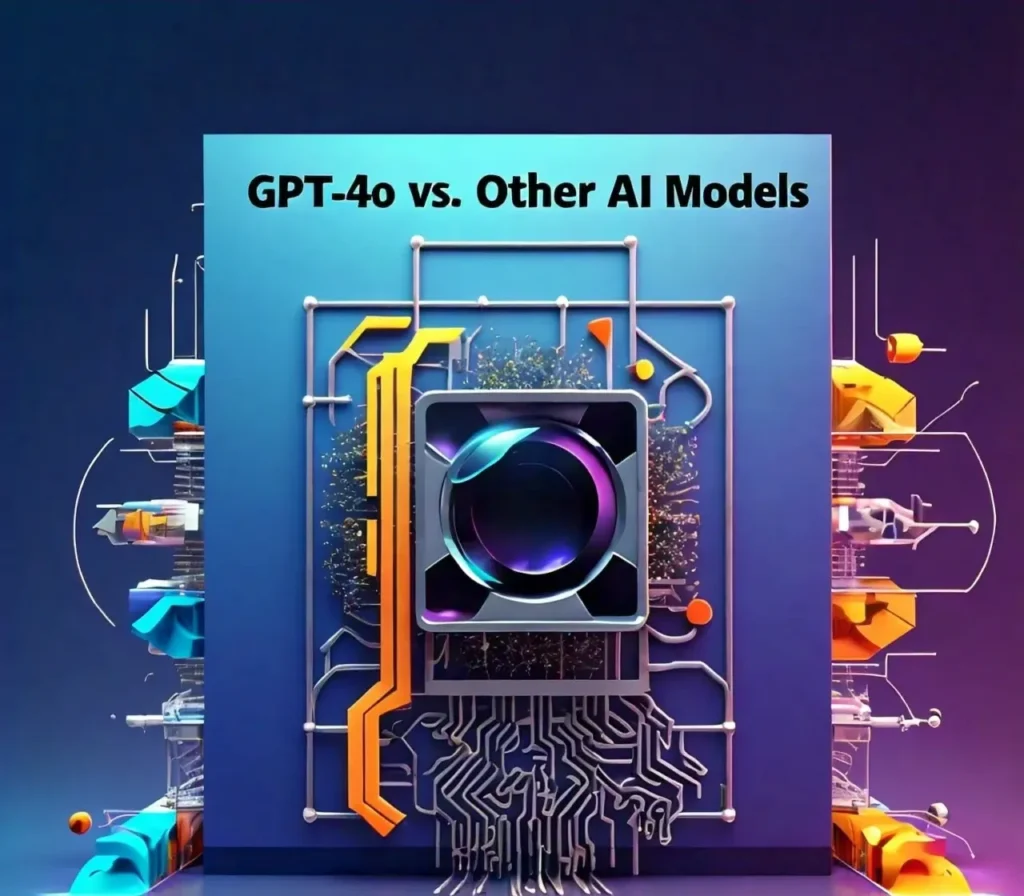
GPT-4o vs GPT-3
GPT-4o is the successor to GPT-3. Compared to its predecessor, there are significant improvements in GPT-4o in terms of both natural language understanding (NLG) and generation. The model size is larger, training techniques are more advanced, and capabilities are more versatile. All of these improvements enable it to generate text and images that are more accurate, more consistent, and more contextually relevant.
GPT-4o vs LLaMA 3
The primary focus of LLaMA 3 is text processing, and it has made some advances in some areas of AI.
On the other hand, GPT-4o is focused on audio and vision, text integration, and reasoning. The multi-modal capabilities of GPT-4o allow it to understand complex situations much more deeply and comprehensively than LLaMA 3 can.
GPT-4o’s contextual understanding is a key differentiator between GPT-4o and LLaMA. By leveraging information from multiple sources, it is able to provide a more contextually accurate response. This is different from LLaMA 3, which only relies on text data as context.
To comprehensively explore LLaMA 3 by Meta AI, visit Data Dynamo.
GPT-4o vs. Other AI Models
GPT-4o integrates multiple modalities seamlessly, unlike other models that specialize in a single data type (text, audio, or vision). This allows for better understanding and interaction, as opposed to other models that do not have this multi-modal capability.
The architecture of GPT-4o is scalable, which means it can handle large data sets and complex queries without sacrificing performance. Some other artificial intelligence models may struggle with scalability and performance in large and diverse data inputs.
Conclusion
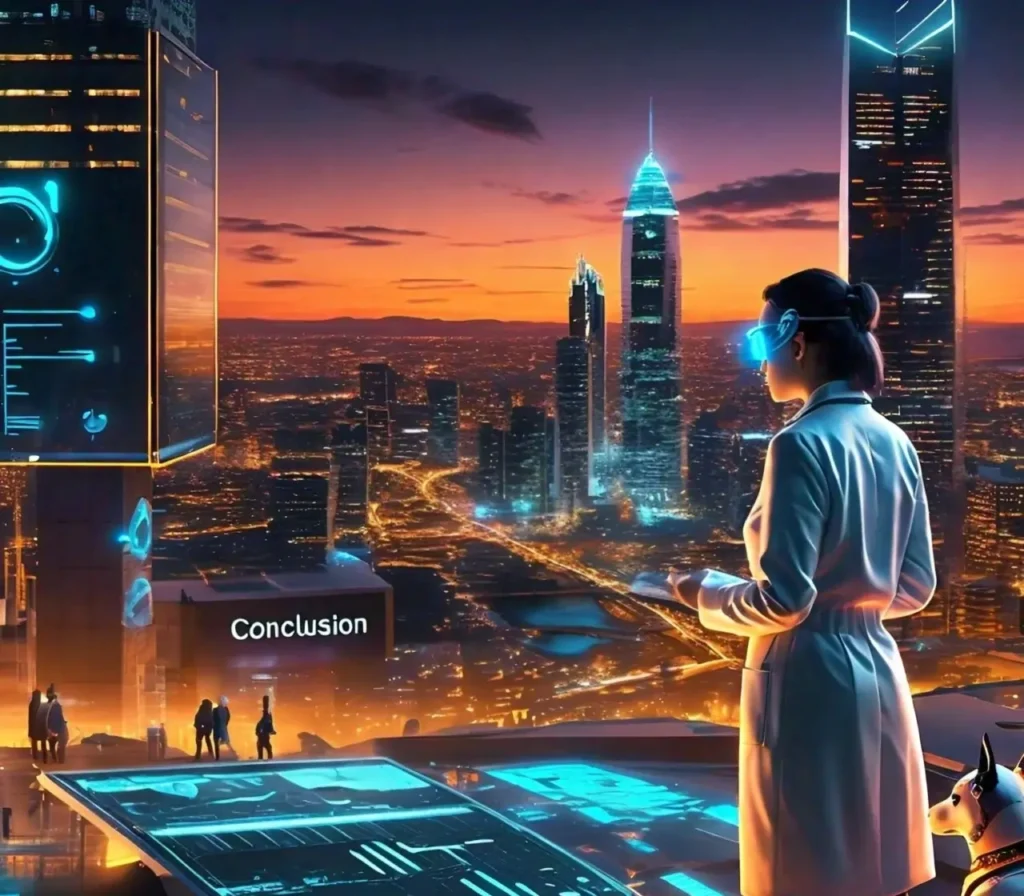
OpenAI is proud to introduce GPT-4o, our first-of-its-kind flagship model that will open up a whole new world of artificial intelligence. It enable real-time thinking combined with audio, vision, and text. This innovative capability opens up new opportunities for education, healthcare, customer service, and many more.
Its ability to integrate and synthesize data from multiple platforms will continue to revolutionize AI and push the limits of what’s possible.
Whether it’s creating more immersive learning experiences, delivering faster and more precise medical diagnoses, or improving customer interactions, the potential for GPT-4o is immense and transformative.
We’re confident that it will not only satisfy but also exceed the growing demand for smarter and more adaptive AI solutions.
FAQs
What are the key improvements in GPT-4o compared to GPT-3?
GPT-4o integrates real-time reasoning across audio, vision, and text, enhancing contextual understanding, processing speed, and scalability.
How does GPT-4o handle biases and ethical concerns?
It minimizes bias and enhances data security with advanced techniques, ensuring ethical and transparent AI use.
What are the main applications of GPT-4o in business and industry?
GPT-4o is used in real-time customer support, virtual assistants, personalized education, and healthcare diagnostics.
How does GPT-4o enhance the user experience?
It provides accurate, contextually relevant responses and real-time interaction, making user experiences more efficient and engaging.
What are the future prospects of GPT-4o?
GPT-4o promises advancements in education, healthcare, customer service, and broader industry innovation through its multimodal capabilities.
What does “o” mean in GPT-4o?
“o” stands for “omni”.
